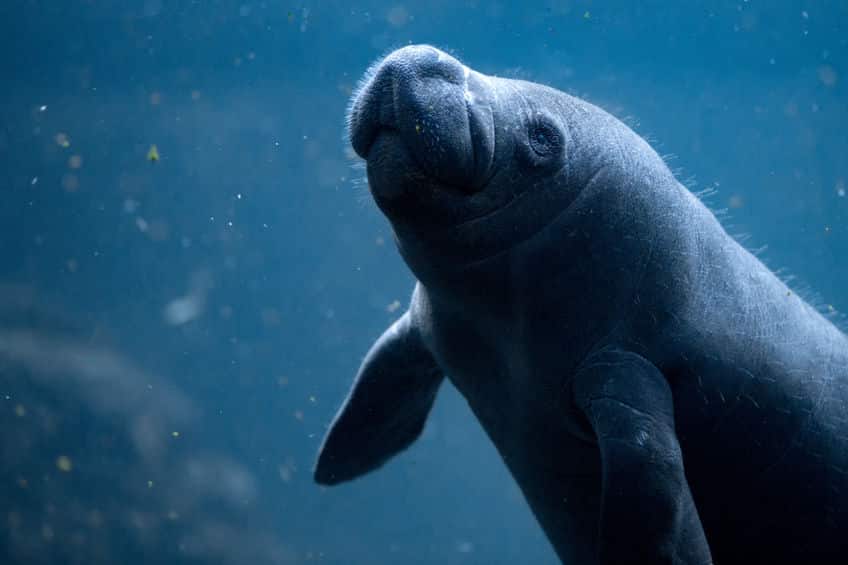By Sean Zucker –
Scientists are sounding the alarm for Florida’s manatee population, warning the species is facing an abnormally high and increasing death rate. The cause for concern unfortunately ventures beyond the gentle creature’s survival, extending to the planet’s, as many experts blame water pollution for their expedited fatalities.
Florida’s Fish and Wildlife Conservation Commission recently raised concerns when it reported that in less than half a year 782 manatees have died. That equates to five deaths a day on average through June 4. These numbers account for more than 10 percent of the large mammal’s state population—an alarming ratio for any species but especially for one that has already flirted with extinction.
With over 780 deaths already registered this year, manatee losses have surpassed last year’s total and are likely to smash the record number of 824 recorded in 2018.
“We’ve never seen anything like this before,” Jaclyn Lopez, Florida director at the nonprofit Center for Biological Diversity told the Washington Post. “I think it’s fair to call it a crisis. It’s not hyperbole when you see hundreds of manatees dying like this.”
Why so much widespread premature demise? Researchers are pinpointing starvation as the primary culprit, brought on by disruptions caused by pollution.
The problem stems from the sea grass beneath the surface of the ocean that provide the bulk of a manatee’s diet. Much of it is disappearing, putting these animals under enormous pressure.
“It’s depressing,” Scientist Grant Gilmore told CBS News. “That’s what we think is the primary issue right now. It’s because we know we’ve documented the disappearance of sea grass.”
He went on to explain that runoff from industrial agriculture and urban development dumps chemicals into water ways. Unfortunately, these chemicals then empty into estuaries causing an imbalance that leads naturally occurring algae to explode, which blocks sunlight, ultimately killing sea grass.
The New York Times adds that the Indian River Lagoon, a 156-mile estuary along Florida’s Atlantic coast whose warm waters manatees visit every year, has lost tens of thousands of acres of sea grass. It confirmed that water quality has been worsening for years due to overflow from fertilizers, sewage and septic leaks, increasing algae blooms that kill the sea grass.
Additionally, the Times reports supplementary threats including exposure to cold temperatures and collisions with boats have also played a factor in the increased number of manatee deaths this year, forty-nine of which were attributed to watercraft collisions.
Unfortunately, these deaths are likely yet another red flag indicating the planet’s overall deteriorating health.
Patrick Rose, an aquatic biologist and the executive director of the nonprofit Save the Manatee Club, described these mammals as a “sentinel species telling us that the ecosystem is in a catastrophic state of decline.” He adds they are like “gardeners of the aquatic ecosystem,” helping the sea grass become more productive.
These gentle giants may also be unwitting prophets, issuing warnings that their diminishing numbers represent a wider threat. For those still unconvinced of water pollution’s impact on the planet and its inhabitants, maybe it’s time to read the manatee leaves.












